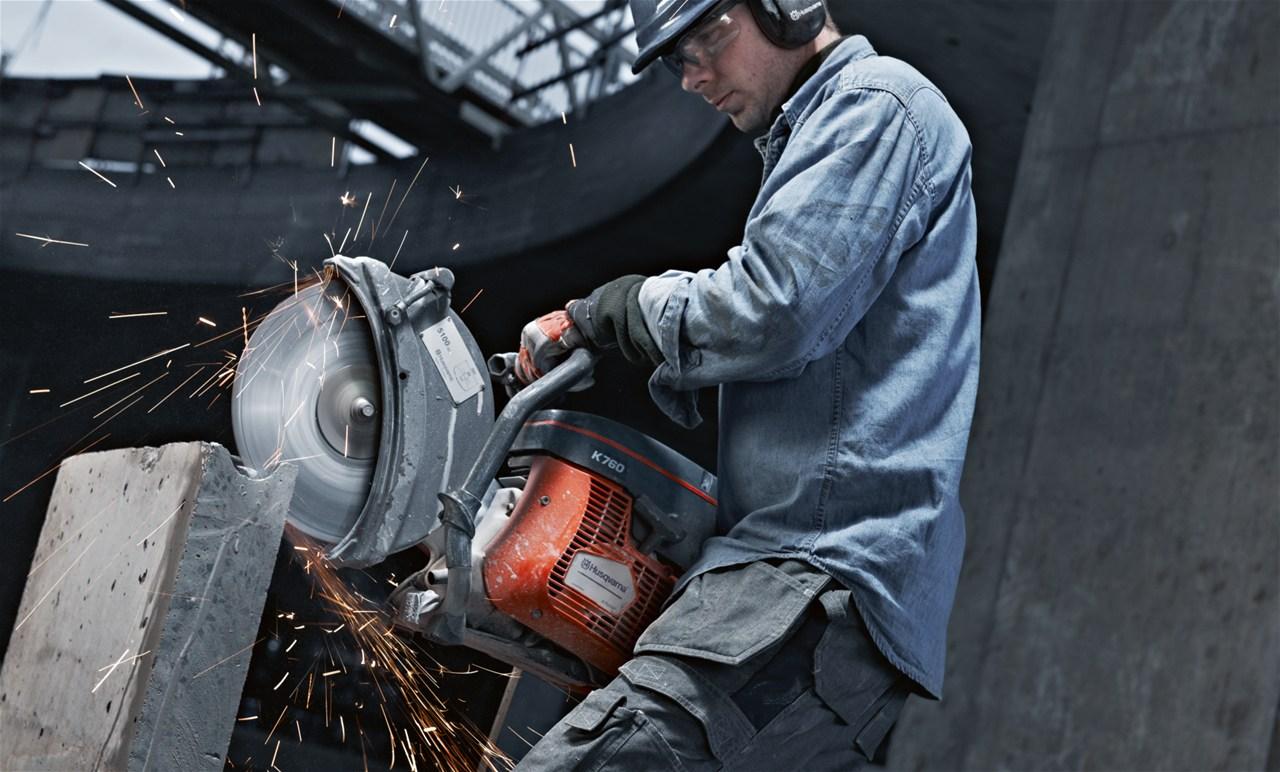What is the big deal – it’s just dust… right? Not if it is Crystalline Silica.
The Occupational Safety and Health Administration (OSHA) estimates that 2.3 million workers are exposed to respirable crystalline silica in their workplaces, including 2 million construction workers who drill, cut, crush, or grind silica-containing materials such as concrete and stone, and 300,000 workers in general industry operations such as brick manufacturing, foundries, and hydraulic fracturing, also known as fracking. There is no cure for silicosis.
OSHA issued a Final Rule on March 24, 2016 to curb lung cancer, silicosis, chronic obstructive pulmonary disease and kidney disease in America’s workers by limiting their exposure to respirable crystalline silica. It is estimated that once final rules are set in place regarding permissible exposure limits (PEL) to crystalline silica, over 600 lives will be saved and more than 900 new cases of silicosis will be prevented each year. While responsible employers have been protecting workers from harmful exposure to respirable crystalline silica for years, using widely-available equipment that controls dust with water or a vacuum system, OSHA has recently reduced the permissible exposure limit and implemented new standards that foremen, supervisors and construction industry professionals should be aware of.
Labor Secretary Tom Perez states, “The final rule is the product of an extensive public outreach effort and active engagement of all stakeholders. We’ve approached this rule-making with a keen ear and an open mind. We’ve built a big table and invited everyone to pull up a chair”.
The Final Rule is effective on June 23, 2016, and contractors have until June 23, 2017 to comply.
Here are four things that you should be aware of surrounding OSHA’s new Safety Standards:
- Reduces the permissible exposure limit (PEL) for respirable crystalline silica to 50 micrograms per cubic meter of air, averaged over an 8-hour shift.
- Requires employers to: use engineering controls (such as water or ventilation) to limit worker exposure to the PEL; provide respirators when engineering controls cannot adequately limit exposure; limit worker access to high exposure areas; develop a written exposure control plan, offer medical exams to highly exposed workers, and train workers on silica risks and how to limit exposures.
- Provides medical exams to monitor highly exposed workers and gives them information about their lung health.
- Provides flexibility to help employers — especially small businesses — protect workers from silica exposure.
Here are some simple ways that employers can help to protect again exposure:
- Replace crystalline silica materials with safer substitutes, whenever possible.
- Use all available work practices to control dust exposures, such as water sprays.
- Wear disposable or washable work clothes and shower if facilities are available. Vacuum the dust from your clothes or change into clean clothing before leaving the work site.
- Participate in training, exposure monitoring, and health screening and surveillance programs to monitor any adverse health effects caused by crystalline silica exposures
- Remember: If it’s silica, it’s not just dust.
There is push back against the new regulation; a coalition of eight associations, including chapters and headquarters of the Associated Builders and Contractors of America, Associated General Contractors of America (AGC) and the American Road and Transportation Builders Association, filed a lawsuit challenging the final rule on April 4, 2016. The AGC aserts that OSHA should better enforce the existing standards before recommending a rule that is “technically and economically infeasible”.
Regardless, Perez maintains that the new rules are necessary and achievable with the implementation of new equipment technologies. What do you think about final rule, and how do you see your company implementing it? Share with us.


